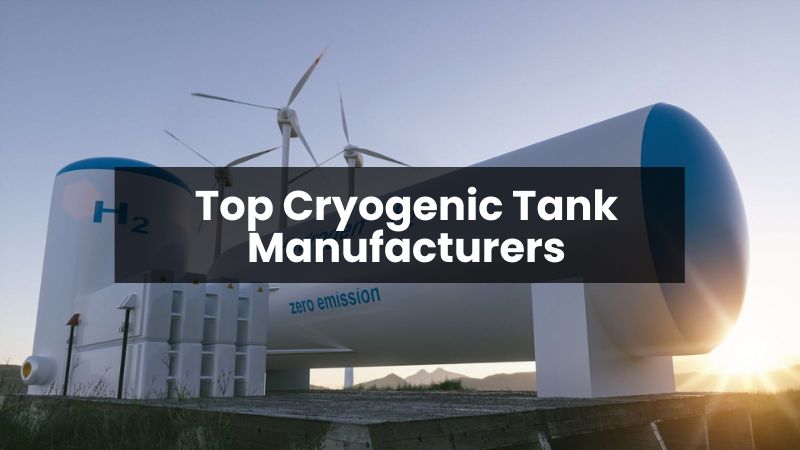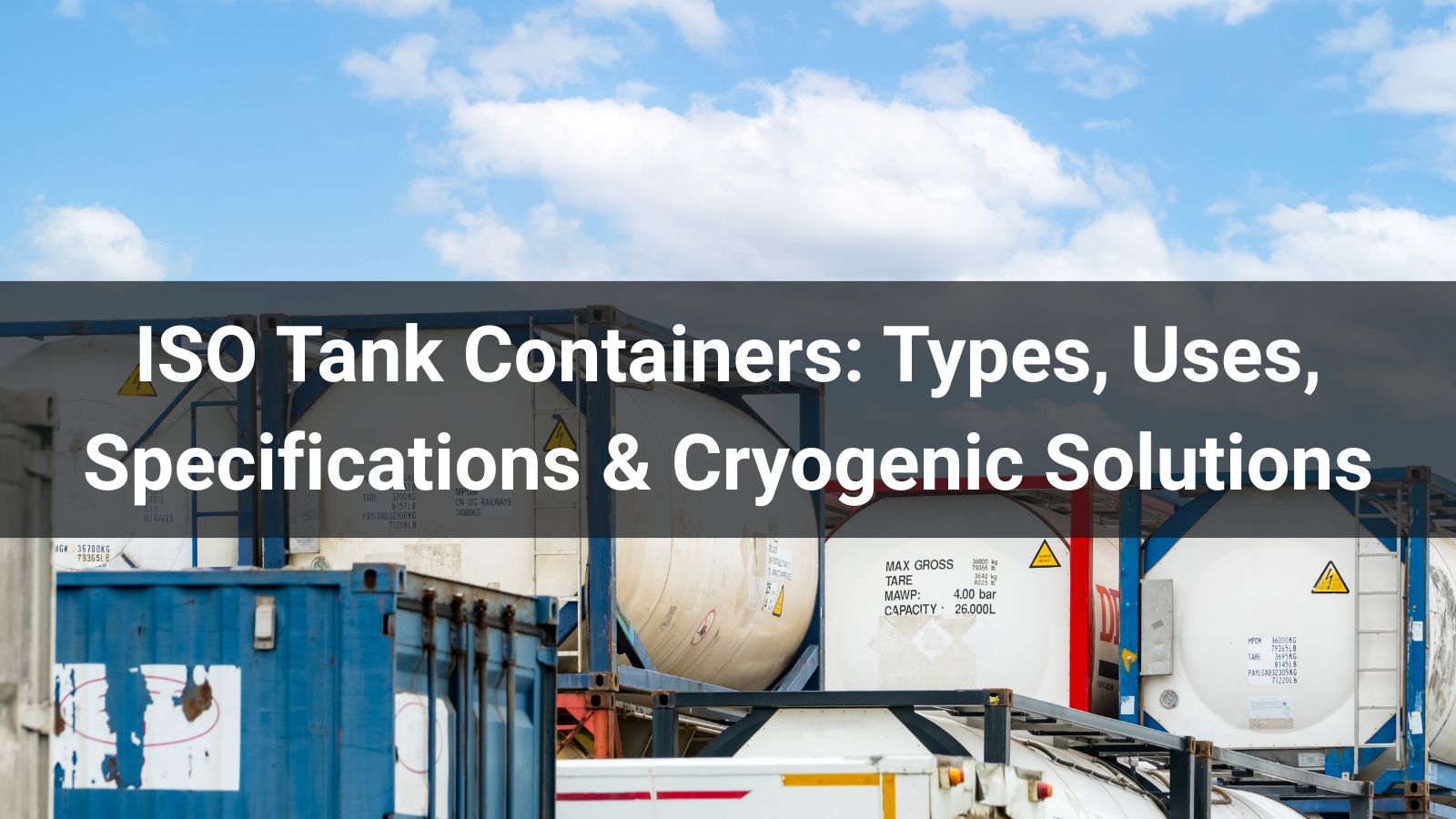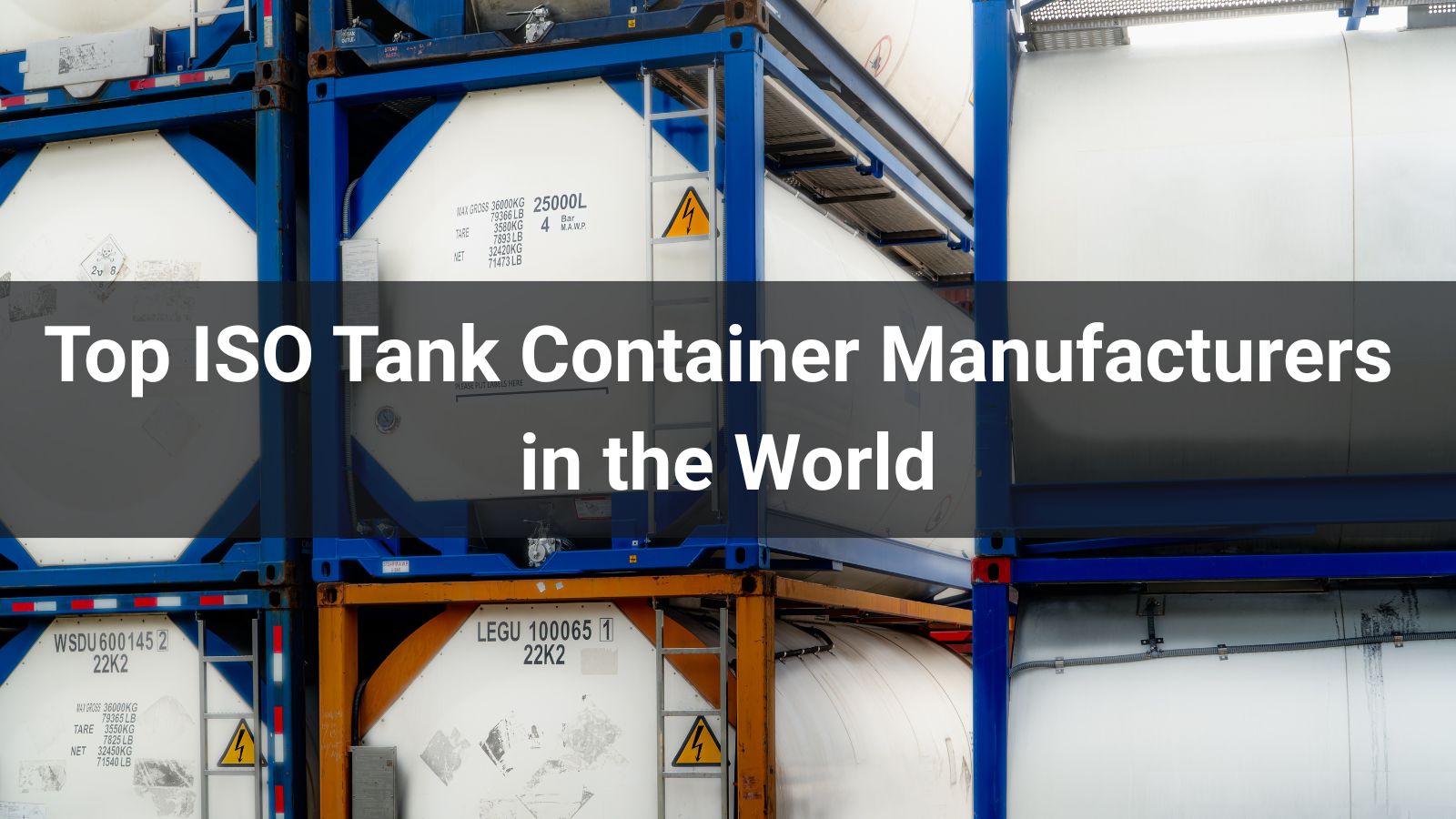





Are you a fleet manager or logistics professional looking to invest in an LNG semi trailer to power your operations?
Choosing the right LNG semi trailer can optimize your transport efficiency, reduce costs, and ensure compliance with safety and environmental regulations. Liquefied Natural Gas (LNG) trailers are critical for transporting this clean energy source, but with so many options available, how do you make the right choice?
This comprehensive guide walks you through the essential factors, specifications, and expert tips to select the perfect LNG semi trailer for your business needs, saving you time and money while boosting operational success.
An LNG semi trailer is a specialized vehicle designed to transport Liquefied Natural Gas, a cleaner alternative fuel, at cryogenic temperatures (around -162°C). These trailers are equipped with insulated tanks to maintain the gas in its liquid state, ensuring safe and efficient delivery to refueling stations, industrial sites, or power plants. Understanding the role of LNG semi trailers in your logistics chain is the first step to making an informed choice.
Selecting the right LNG semi trailer involves evaluating several critical factors to match your operational needs. Here’s what to consider:
LNG semi trailers come in various configurations to suit different applications. Understanding these types helps narrow your options:
| Type | Description | Best For |
|---|---|---|
| Standard Cryogenic Trailer | Basic insulated tank for LNG transport. | General LNG delivery to fixed stations. |
| Mobile Refueling Trailer | Equipped with dispensing systems for on-site fueling. | Fleet refueling or remote locations. |
| High-Capacity Trailer | Larger tanks for bulk transport. | Long-haul, high-volume transport. |
Technical specifications are critical to ensuring the trailer meets your operational requirements. Key specs to review include:
Compare specifications from manufacturers like Sunhunk, which emphasize robust designs for LNG transport.
Safety is paramount when transporting LNG due to its cryogenic nature and flammability. Ensure your trailer meets:
Trailers with advanced safety features, like those discussed in industry reports, reduce risks and enhance trust.
LNG semi trailers represent a significant investment. Consider the following cost factors:
Balancing upfront costs with long-term savings is key to choosing a cost-effective trailer.
Selecting a reputable manufacturer ensures quality and support. Look for:
Research manufacturers’ reputations through industry reviews to ensure reliability.
Ready to choose your LNG semi trailer? Follow these steps:
By taking a strategic approach, you’ll select an LNG semi trailer that enhances efficiency and supports your business goals.
Choosing the right LNG semi trailer is a critical decision that impacts your operational efficiency, safety, and bottom line. By carefully evaluating factors like capacity, trailer type, specifications, safety features, and manufacturer reliability, you can make an informed choice that aligns with your business needs. Use this guide to navigate the selection process with confidence, ensuring your LNG transport operations are safe, cost-effective, and future-ready.








